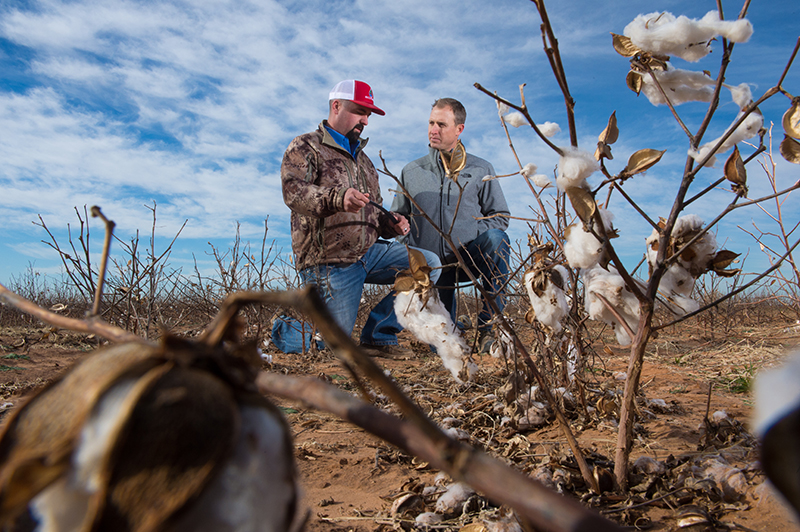EY: Taking a Deep Dive Into the ‘Now, Next, and Beyond’ Trends for the Ag Value Chain
The events of the year 2020 are certain to leave an indelible mark on the food system at every level. Consumer behavior related to food purchasing and consumption, in addition to the perception of the strength of the American food system, has altered dramatically.
What this means for the food and agriculture value chain in the short and long term has been a key area of research and study for consulting firm EY. Rob Dongoski, Food and Agribusiness Leader, and Jonathan Phillips, Americas Consumer Products Leader, have been spearheading EY’s deep dive into what they call the “now, next, and beyond” trends for the ag and food industry and the ag supply chain.
Dongoski and Phillips will share knowledge and curate a panel discussion of leading experts from across the food & ag value chain during a live online event, “The Impact of Consumer Preferences on the Food and Ag Value Chain,” October 27 from 9:00 – 11:30 AM Eastern time. The event kicks off the PACE Executive Series, a year-long examination of the state of the ag value chain.
“With the COVID-19 situation, we think we’re on the tail end of ‘now’ and starting to move towards ‘next,’” says Dongoski, whose team works with clients on strategy, transactions, and transformation to project the impact of trends on business sustainability. Three overarching areas EY clients have been focused on include: worker safety, and the desire to get people back to work in a place they feel safe; the food supply chain and changes in its core structure; and the availability and safety of food overall among consumers.
Consumer behavior related to everyday dining has, not surprisingly, shifted seismically since the onset of COVID-19, says Dongoski. Social distancing, governmental guidelines, and consumer concern over the pandemic swung the eating experience pendulum for consumers from 50-50 home vs. dining out to 90-10 in favor of the kitchen table. The supply chain reverberations were well publicized, with grave impacts on fresh fruit and vegetable production and transportation, as well as meat processing.
The food supply chain and its focus on high efficiency was incapable of pivoting when demand from restaurants and schools was slashed. And, adding injury to the process, the glut of produce had no mechanism to reach food banks, which experienced a 40% increase in demand. Then, meat processing suffered the additional weight of plant closings due to the pandemic, and producers were for a time left with nowhere to ship their animals.
“The processing pipeline is like a bowtie, with wide demand on one side and the producer on the other side,” says Dongoski. “Approximately 55% of meat processing goes through 15 plants. When you close one or two processing facilities, the knot of the bowtie gets tighter and tighter.”
The reaction on the consumer side is still unclear, but once the dust fully settles Dongoski doesn’t believe that a snap back to the 50-50 dining ratio is in the offing. “There are more people working from home, and people have found enjoyment in making food in the home during the shelter-in-place time,” he says. “Fresh food purchases, an increase in CSA support, and support of farmers’ markets are real trends – about 30% of consumers are purchasing more fresh foods than in the past. We could see 60% to 70% continue to eat at home.”
Whether they wanted to or not, American consumers became more acquainted with the food they eat and were exposed to the vulnerabilities and shortcomings of how food reaches store shelves. Dongoski says the definition of sustainability for consumers has expanded during this time beyond “safe to consume,” and into “animal welfare” and “what’s best for the planet.” Dongoski believes that the events of the first half of 2020 “might have been the trigger needed to put a stamp on the value proposition for sustainable food and agriculture. It was certainly a trend pre-COVID, but now consumers definitely want to know more about their food. This is a growing era of ‘personalization,’ where consumers can get a more intimate experience through more localized or regionalized food supply structures.”
Of course, there will be costs that must be borne by the supply chain or passed on to consumers, and the sustainability of personalization will depend on whether the dollars and cents can be worked out.
For more information on this session as well as registration, visit www.paceexecutiveforum.com/pace-executive-series.








